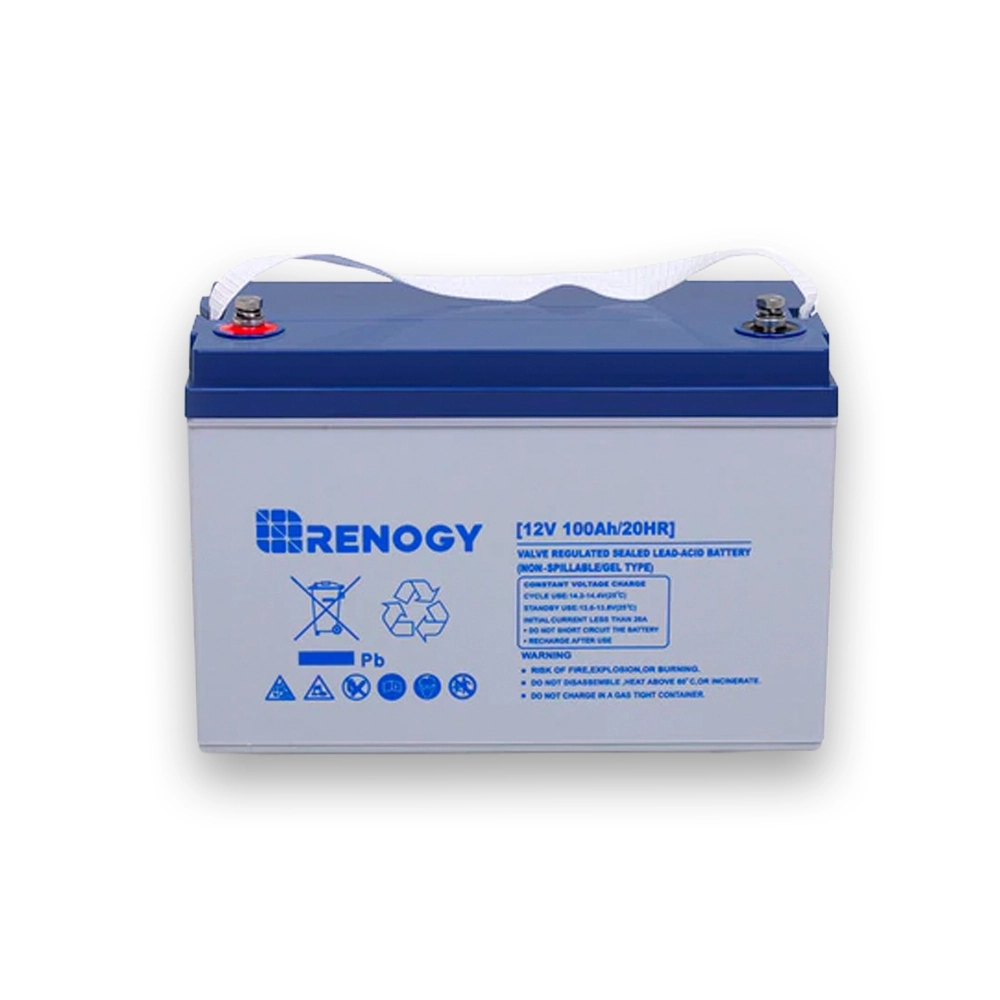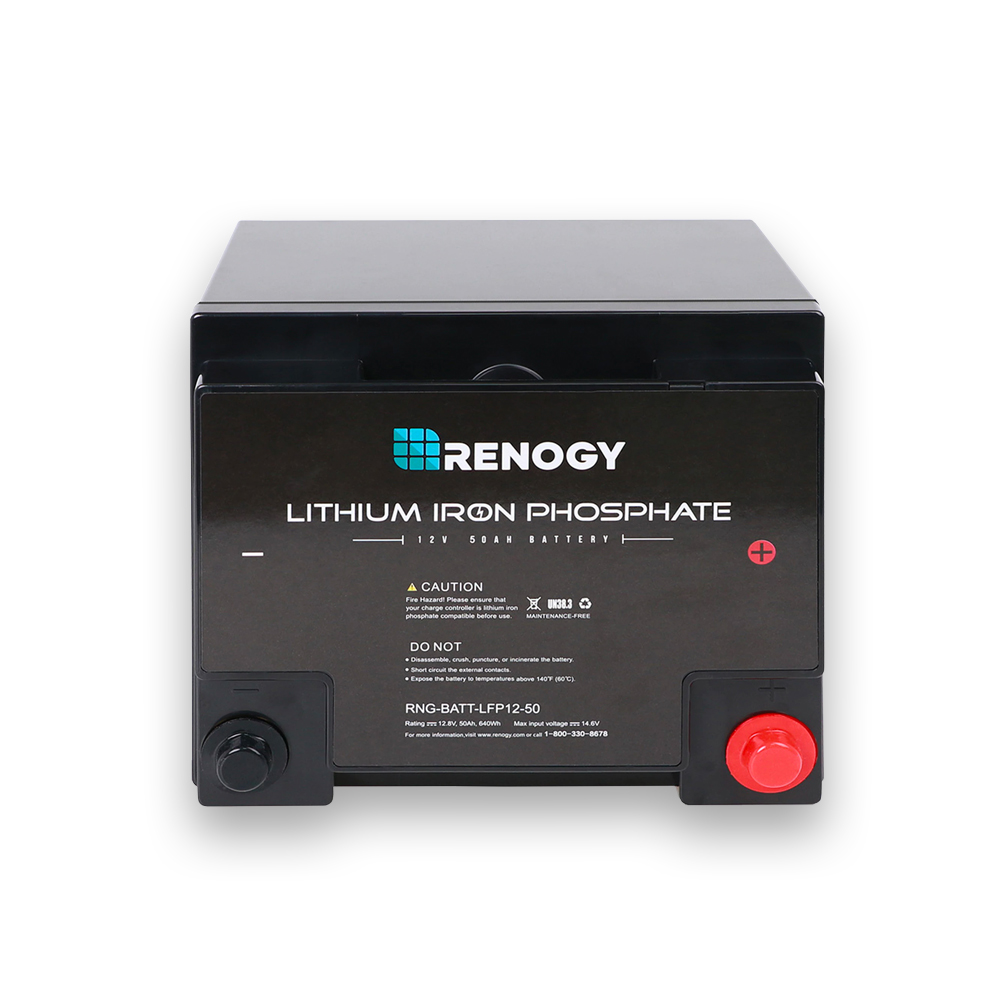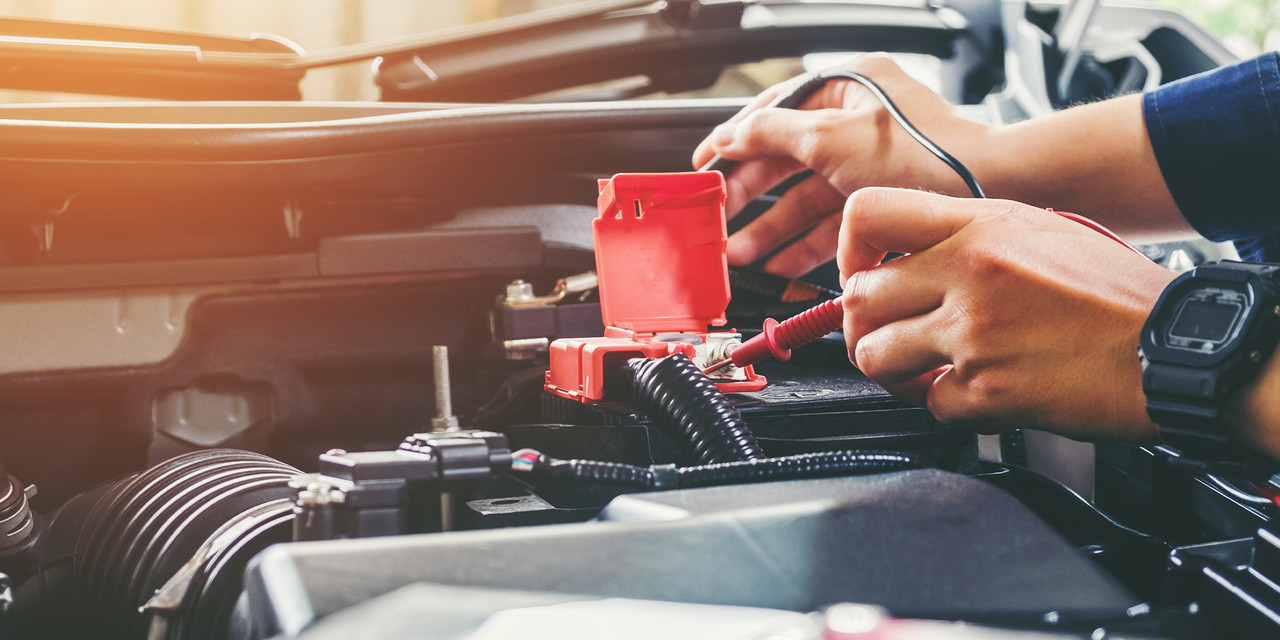Selecting the Right Battery for Your Solar Installation

Pros and Cons of Lithium and Lead Acid Batteries
Which solar battery is right for me?
If you’re looking to add battery storage to your solar installation, you’ll quickly find that there are a wealth of options to choose from. And when everyone has an opinion of their own, it can be difficult to select what’s right for you!
That being said, there are two main solar battery options: lithium and lead acid batteries. Lead-acid batteries, which are available sealed or flooded, are an older technology and are cheaper than lithium batteries. However, they’re heavy and bulky, and flooded lead acid batteries require more maintenance than their lithium counterparts.
Lithium batteries on the other hand are efficient, compact, and they have a long lifespan and require little to no maintenance. However, they are also the most expensive battery option.
Let’s dig into the nitty gritty to help you decide on which battery is best for you and your family.
What should I consider when shopping for solar batteries?
Price: The cheapest lead acid battery can cost around $100, while lithium iron batteries can cost upwards of $1,500. But don’t just consider the upfront cost. You will have to replace lead acid batteries before you will need to replace a lithium iron battery, so it’s important to take into account the overall lifetime costs.
Capacity: Battery capacity, which is measured in total amp hours, refers to the amount of energy a battery can store. If you need to power certain appliances for long periods of time, you'll need more batteries to carry a bigger load.
Cycle Life: This specifies the number of discharge and charge cycles a battery can provide before the capacity drops below the rated capacity. This varies sharply from technology to technology and is measured in number of cycles.
Flooded Lead Acid
Best For: Those looking for a cheap option and have smaller energy needs
Cost: Around $100
Flooded lead acid batteries are the cheapest solar battery option, but they also require the most maintenance. You have to check water levels with a hydrometer and add water to keep them topped off each month. Lead batteries must also be housed in a ventilated room since they emit gases. This is not necessary with sealed lead acid and lithium iron batteries. Failing to maintain flooded lead acid batteries will shorten their lifespan and make them much less efficient.
Pros of Flooded Lead Acid Batteries
- Cheapest option
Cons of Flooded Lead Acid Batteries
- Requires the most maintenance.
- Must be housed in a ventilated room.
- Heavy and bulky

Sealed Lead Acid (Absorbed Glass Matt and Gel)
Best For: Those looking for a mid-level battery that requires less maintenance, but isn’t going to break the bank
Cost: $239-$449
Shop on Renogy for Gel and AGM Batteries
Contrary to flooded lead acid batteries, sealed lead acid batteries require little to no maintenance and are spill-proof. They are more expensive than flooded lead acid batteries, but also have a much longer cycle life. Within the family of sealed lead acid batteries are two types: absorbent glass matt (AGM) and gel batteries.
Gel batteries, which use silica to stiffen the electrolyte solution in the battery, tend to have lower charger rates and output than absorbed glass matt batteries. They also can’t handle as much current, meaning they take longer to recharge. However, gel batteries have a greater lifespan than AGM batteries and can be mounted in any orientation. Absorbed glass matt batteries offer a better temperature range and are a bit cheaper than gel batteries.
Pros of Sealed Lead Acid Batteries
- Requires less maintenance than flooded lead acid batteries
- Spill-proof
- Longer cycle life than flooded lead acid batteries
- Cheaper than lithium batteries
Cons of Sealed Lead Acid Batteries
- More expensive than flooded lead acid batteries
- Shorter cycle life than lithium batteries

Lithium Iron Phosphate: Expensive, but zero maintenance and long lifespan
Best For: Those With Consistent and High Energy Needs
Cost: $499-$1499
Lithium phosphate batteries are the most expensive battery option, but they have an extremely long cycle life, high discharge and recharge rates, and are incredibly compact and lightweight. They also require little to no maintenance.
Lithium batteries typically have a lifespan of at least 10 years. Lithium iron phosphate batteries also lose less capacity when idle. This is especially useful in cases where solar energy is only used occasionally. They also have the best cycle life of deep cycle batteries, offering approximately 2000 cycles at 100% DoD (depth of discharge.)
Pros of Lithium Batteries
- Requires little to no maintenance
- Long lifespan
- Best cycle life
- Compact and lightweight
- Loses less capacity when idle
Cons of Lithium Batteries
- Most expensive battery option
- Smaller temperature range
Whether you’re looking to add battery storage to your on-grid solar system or are going off-grid, solar batteries can transform your solar installation and give you increased flexibility and capacity. By taking the time to weigh the specific pros and cons of each technology, you’ll be able to select the right battery for you and your system.








